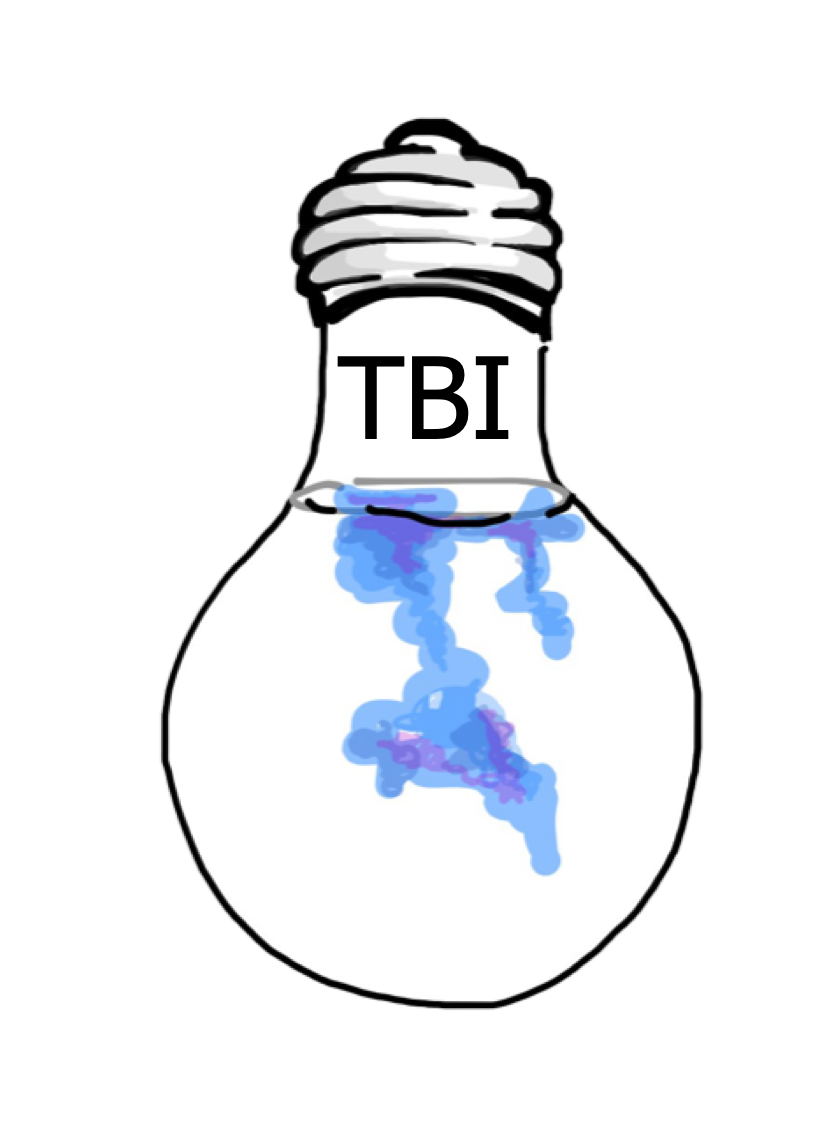Mystery Bag Inspires Inquiry: 5th Grade Science
Bemis Elementary School: 5th Grade
It was the first experiment of the year in a 5th grade science lesson. The teacher's goal was to introduce students to the investigative process and teach them to anchor data in descriptive observations. The students would start by exploring simple interactions between liquids and solids; in subsequent lessons, they would use the data to note differences among various physical and chemical changes, discuss patterns that emerged across the data, and draw conclusions on the basis of this evidence.
Using six white powders and six clear liquids—the powders included Epsom salt, flour, and powdered lemonade, whereas the liquids included water, vinegar, and cooking oil—the teacher designed a whole-class experiment with 36 different mixtures and gave pairs of students at least two mystery combinations to analyze. After receiving the mystery liquid from the teacher, students carefully added two spoonfuls of powder to their bags, which listed the number assigned to the white powder and the letter assigned to the clear liquid they were investigating. The teacher asked the students to record each aspect of the experiment in their science notebooks: materials, procedures, observations, and ideas for future investigation.
Once the experiment was underway, the teacher rotated among the desks to support student pairs in developing their observational skills. He listened to student observations, noting when the students offered only vague descriptions, and prompted them to elaborate by asking such questions as, "What do you mean by the mixture 'making noise'?" and "What happened when you first added the powder?"
The teacher had to continually remind students to keep their observations rooted in sensory evidence—what they could see, hear, smell, and touch—while refraining from telling them what he could readily see and describe. Also, by asking such questions as, "Why do we have notebooks?" and "How will you remember your observations?" he continually impressed on students the importance of recording their observations.
In the early stages of the lesson, most students' observations were brief and simplistic: "They mix." "It's hard." "It's white." Only a few student pairs recorded information in their notebooks. The teacher noted that one group was having trouble describing the physical and chemical changes; the students weren't sure what to write. As the teacher encouraged them to be more detailed in their observations, the students began to note more specific characteristics, such as, "the mixture changed color," "it bubbled at first and then stopped," and "it was clear at first and then got foggy." Students across the class responded well to these individualized prompts and showed improvement in both describing and recording observations, an important first step in developing investigative skills.
Following the experiment, the teacher asked each pair of students to share their data. He then summarized all student responses in a large matrix on the board. One student shared two descriptive words from his science notebook—that the reaction "moved fast"—which the teacher highlighted as particularly interesting because it raised a point about the pace of a chemical reaction, an important scientific observation.


